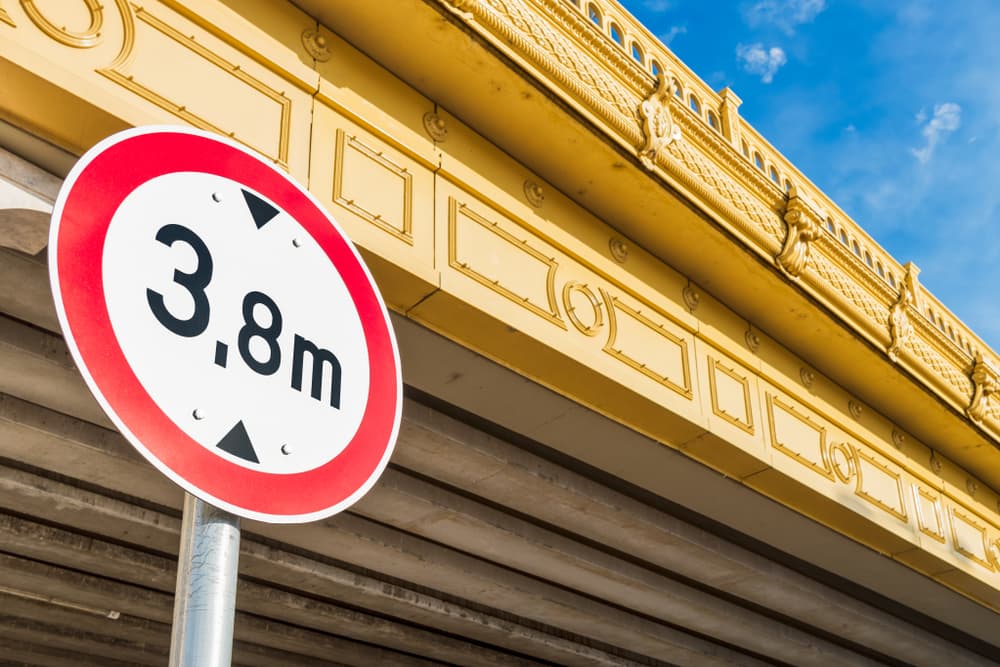Bridge strikes
10 October 2024
It feels like bridge strikes have been a hot topic for Traffic Commissioners for years now and that’s because they still are! Whilst the Senior Traffic Commissioner, Richard Turfitt, issued a letter to all Operators in September 2020 the issue of bridge strikes has certainly not gone away, and we are still seeing many strikes occurring and coming through to us despite the letter from the STC and the updated Statutory Guidance and Statutory Directions from the Senior Traffic Commissioner here.
As a result of the number of strikes that we are seeing, we are then dealing with an increasing number of Public Inquiries, Preliminary Hearings and Driver Conduct Hearings where the Operators, Transport Managers and drivers potentially face significant action.
There is a process to follow when a bridge strike happens, and it is important that all Operators and their drivers are aware of that process.
Firstly, the strike should be notified to Network Rail (if it is a railway bridge) and the Police at the time of the incident. Network Rail may come and inspect the bridge for damage. If it is a serious strike, Network Rail may close the railway track which can lead to penalty charges being issued to the Operator to cover costs such as compensation to rail users. It may also be that the Police are required to assist with the closure of roads nearby and to assist with escorting the vehicle involved in the strike.
The Traffic Commissioner will be expected to be notified of the incident within 28 days and this can be done by sending an email to notifications@vehicle-operator-licensing.service.gov.uk. Operators will need to include details such as; the Operator’s Licence number, the date and location of the strike together with the details of the driver involved to include the drivers full name, address, date of birth and driving licence number. We would always advise that this process is done soon after the bridge strike to avoid this being missed!
Following the initial notification, the Traffic Commissioner will then expect a full internal investigation to be completed with a copy of this to be shared within the 28 days of the bridge strike. It is important that the internal investigation into the bridge strike is comprehensive. There really is no such thing as providing too much detail here! In particular, the Traffic Commissioner will be keen to understand what systems and processes the Operator has in place to minimise the risk of bridge strikes occurring together with the training regime in place for drivers. Such training may include vehicle familiarisation, route familiarisation and specific prevention of bridge strikes training. We often include in the report the drivers training record in order to illustrate that the Operator has comprehensive training protocols in place.
The internal investigation should also include details of any disciplinary action that has been taken and copies of meeting minutes and outcome letters should be provided.
From an Operator’s perspective, the real aim of completing an internal investigation report and providing this to the Traffic Commissioner is to demonstrate that the Operator takes such incidents seriously. The ideal outcome from the Traffic Commissioner being that the Operator simply could not have done anymore to prevent a bridge strike from occurring and a “no further action” letter is received.
It is quite often the case that bridge strikes happen due to driver error despite significant policies, procedures and systems being in place and comprehensive training having been provided by the Operator. This is why driver details must be provided to the Traffic Commissioner at notification stage as it is likely that any driver involved in a bridge strike will be called to a Driver Conduct Hearing in order that their vocational driving entitlement can be considered. We are seeing drivers face a period of time off the road as a result of their involvement in a bridge strike so, bridge strikes are certainly not something to be taken lightly.
To assist Operators in preventing bridge strikes, we offer a comprehensive eTraining course on the prevention of bridge strikes – ‘A Bridge Too Far’ – that covers what bridge strikes mean in practice for Operators, drivers and your compliance management systems and the implications of getting it wrong. You can find details of these here.
If one of your vehicles has been involved in a bridge strike or if you want to take the opportunity to review your existing bridge strike prevention systems and procedures, contact the Regulatory team on 01254 828300 or here.
This article was written by Amy Smith.
